Power Consumption and Noise
The power supply is a 120W external unit.
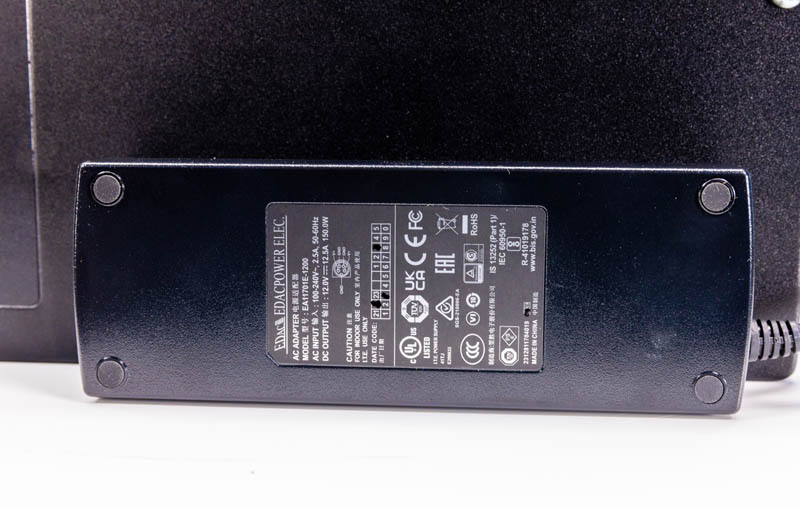
Loaded with drives, we saw substantial 50W or so power consumption, but then when the unit was operating we saw power usage well into the 70W range.
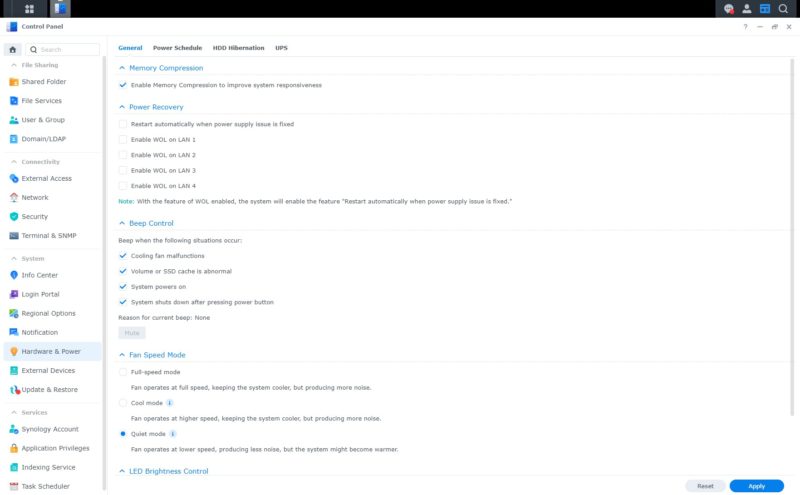
The one thing we need to recognize is that this is far from a quiet setup. Even at idle, this was over 50dba at 1M in the 34dba noise floor studio. That was a big difference between this unit and some of the more home-focused units designed for low noise.
Final Words
There are a few ways to look at the NAS itself. To be very frank, ioSafe using Synology is a great concept. ioSafe probably does not have the volume to support building an OS and hardware-software from scratch so it makes sense to use another solution as a building block.
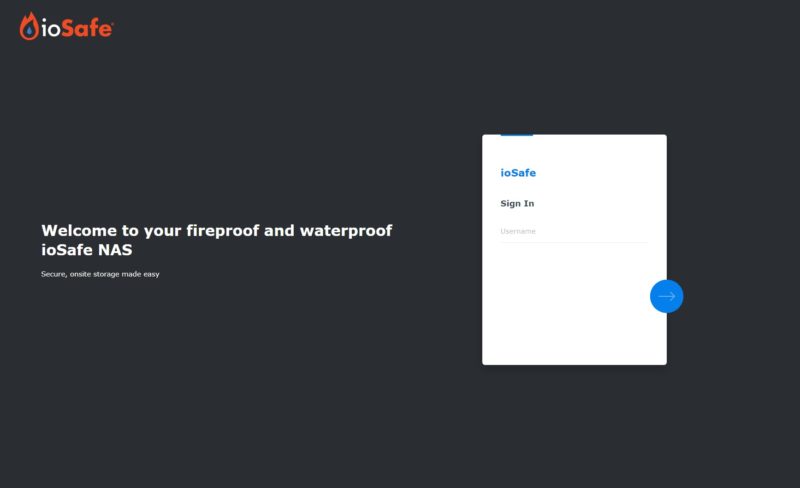
The one part of this that prior to the review I did not appreciate is that I thought ioSafe was trying to make a fireproof NAS. Instead, it is trying to protect the hard drives and data through fires of up to 1550F for 30 minutes and 10 feet of water for up to 72 hours. There are also options for data recovery and such for the drives. The concept is more that one can pull the drives out, put them in another Synology NAS, and be up and running quickly after a fire.
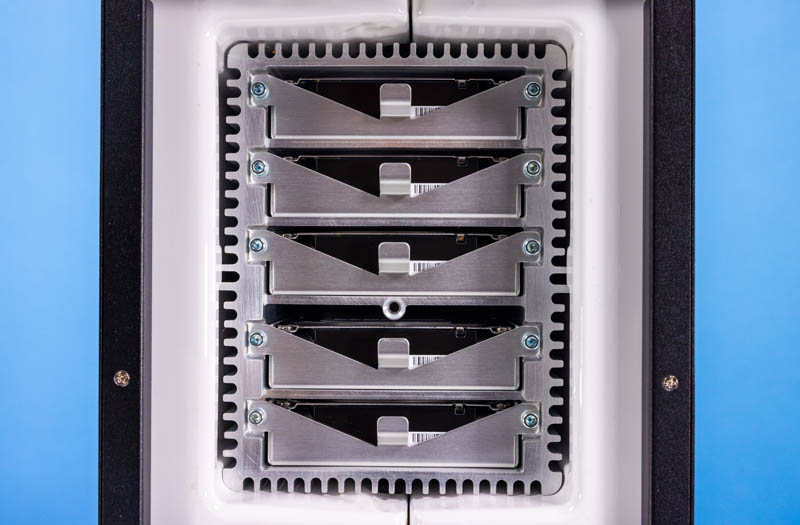
At the beginning of this article, we started with some that will immediately get this and others who will not. Some will think “why not just use cloud backup?” The others will know exactly why. Not everywhere has fast enough Internet access to handle cloud backup. Also, restoring say 50 PCs with 0.5TB each would take a long time on a 25mbps connection. There are simply places where having access to data after an emergency within a day or a few days will be a huge benefit. Synology DSM can still handle cloud backups, this just adds a safer local option for a few thousand more.
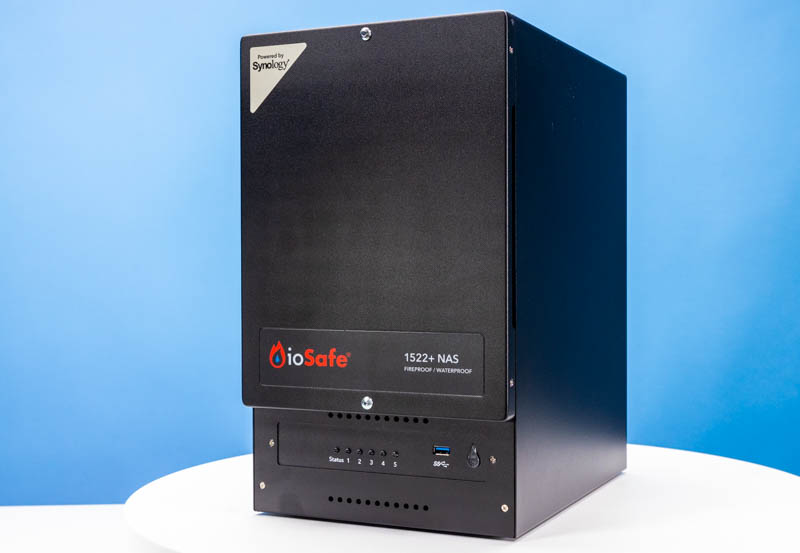
Overall, this was one of the more fascinating units. We have some footage from an accompanying video for this that we may publish at a later date. Unfortunately, we lost a Sony FX3 and lens while trying to get that footage and so we are trying to piece together what we have. If we can get something put together with what survived, we will have a video on this one as well. Still, it was cool to see how this unit worked.



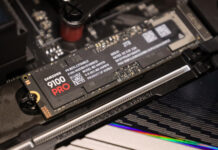
I’m very surprised that they’d use magnets to hold the front cover on. The magnets appear to be outside the fireproofed chamber; and even AlNiCo magnets have a curie temperature of only 800 degrees or so; with the much more common and powerful rare earth magnets lucky to reach half that.
Would the protective chamber remain closed if the magnets failed?
I would have liked to see the drive temperatures under heavy load to see if the cooling system is effective.
Also, doesn’t the advent of helium filled and sealed HDDs negate the need for waterproofing?
@Chris S; I wouldn’t be surprised if you can get lucky; but HDD controller boards are located outside the sealed portion of the drive and offer no special water resistance along with a combination of 12v for the spindle motor and much lower voltage logic in fairly close proximity to one another.
Geez, all they need to do now is give it proper rad-hard shielding and this thing’ll survive a nuclear war in addition to being both flooded and burned at the same time!
For when you need to protect all your secret data, uncorrupted, for eternity <- This NAS.
If you are good with using just a synology nas, I can see the appeal. The price isn’t even all that bad. Fireproof *insert a noun* for consumer use, is always highly conditional at best, but for a relatively small price bump, sure, why not. If you use something like a zfs based set up, then this is just an excess redundancy as you already have an offsite as part of your backup plan. If you are doing something that requires no info to leave the premises due to trade secrets, patient data, etc… then you probably have the means to pay for the inert gas system and are at least 5 levels above this set up.
Not impressed by it’s use of Synology software. Other than that I could be interested.
thank you for the article